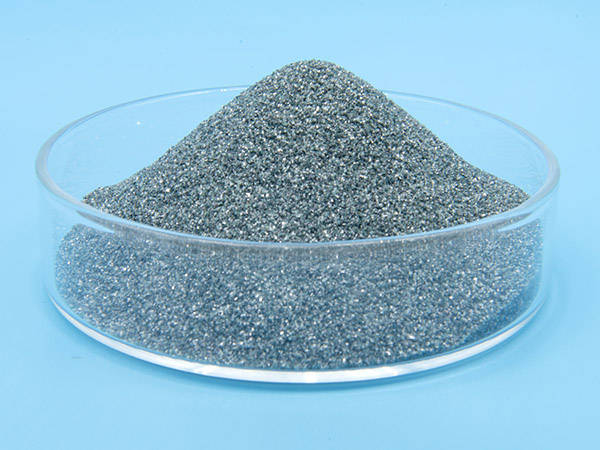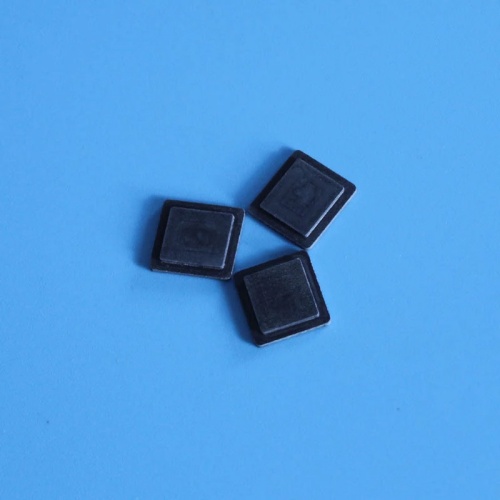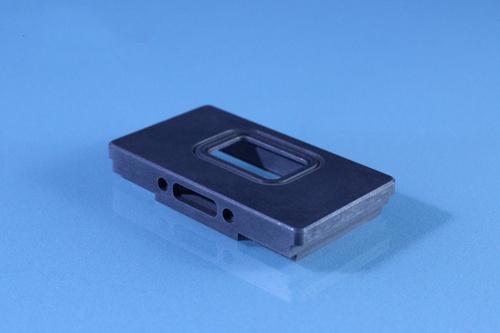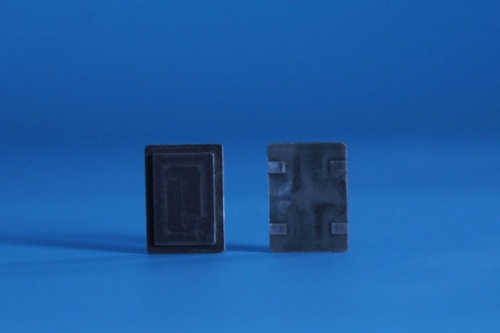How to process aluminum based silicon carbide composite materials
Aluminum based silicon carbide composite material is a high-performance new material widely used in aerospace, automotive, electronic packaging, and military equipment fields due to its excellent mechanical and thermal properties.
Powder metallurgy method
Powder metallurgy is one of the most commonly used processing methods for aluminum based silicon carbide composite materials. The main steps include mixing, pressing, and sintering of silicon carbide powder and aluminum powder.
Mixing: Mix silicon carbide powder and aluminum powder in a certain proportion to ensure uniform distribution of silicon carbide particles in the aluminum matrix.
Pressing: Pressing the mixed powder in a mold to form a blank of the desired shape. During the pressing process, it is necessary to control the pressure and temperature to ensure the density and strength of the billet.
Sintering: The pressed billet is sintered at high temperature to metallurgical bond between aluminum powder and silicon carbide particles, forming a dense composite material. The sintering temperature and time have a significant impact on the properties of composite materials.

Melting method
The melting method is to melt aluminum at high temperature, then add silicon carbide particles or fibers, and prepare composite materials through processes such as stirring, solidification, and heat treatment.
Melting: Melting aluminum under high temperature conditions.
Adding Silicon Carbide: Silicon carbide particles or fibers are added to molten aluminum and thoroughly stirred to ensure uniform distribution of silicon carbide in the aluminum matrix.
Solidification: Pour the stirred molten mixture into the mold and cool it to solidify.
Heat treatment: Heat treatment is performed on solidified composite materials to improve their mechanical and thermal properties.

In situ reaction synthesis method
The in-situ reaction synthesis method involves adding silicon and carbon to aluminum melt, and controlling the reaction conditions to generate and evenly distribute silicon carbide in the aluminum matrix.
Adding silicon and carbon: Adding silicon and carbon in a certain proportion to molten aluminum.
Control reaction conditions: By adjusting conditions such as temperature, pressure, and reaction time, silicon and carbon react in the aluminum melt to produce silicon carbide.
Stirring and solidification: Stir the reacted melt to evenly distribute silicon carbide particles in the aluminum matrix, and then pour it into the mold for cooling and solidification.
Heat treatment: Heat treatment is applied to the solidified composite material to improve its overall performance.

Other processing methods
In addition to the three main methods mentioned above, there are many other processing methods that can be used to prepare aluminum based silicon carbide composites, such as melting casting technology, stirring casting technology, pressureless infiltration technology, gel casting+pressureless infiltration composite technology, composite powder injection molding and pressureless infiltration technology, vacuum self infiltration composite high-pressure infiltration technology, vacuum hot pressing sintering technology, high-energy ultrasonic semi-solid composite technology, friction stir processing technology and atomization+powder metallurgy composite technology. These methods each have their own characteristics and are suitable for the preparation of aluminum based silicon carbide composites with different shapes and properties.

Application area
Aluminum based silicon carbide composite materials are widely used in various fields due to their excellent properties:
Aerospace: Used for key parts such as aircraft fuselage and engine components to improve the performance and reliability of aircraft.
Automobile: Used for manufacturing lightweight body parts, engine components, etc. to improve the performance and fuel efficiency of automobiles.
Electronics: Used for manufacturing electronic packaging materials, printed circuit boards, etc. to improve the performance and reliability of electronic products.
Military equipment: used to manufacture high-performance military equipment components to meet the requirements of high strength, high reliability, and high-temperature working environments.
There are various processing methods for aluminum based silicon carbide composite materials, each with its unique advantages and applicable scope. In practical applications, it is necessary to comprehensively consider factors such as the performance requirements, shape and size, and production cost of composite materials to select appropriate processing methods. With the continuous development of technology, it is believed that more new processing methods and technologies will be developed in the future, providing broader space and possibilities for the preparation and application of aluminum based silicon carbide composite materials.
PREVIOUS:What are the applications of aluminum based silicon carbide composite materials
NEXT:What is the difference between 95 ceramic and 99 ceramic in alumina ceramics
CATEGORIES
LATEST NEWS
- Petrochemical ceramic injec...
- Zirconia Ceramic Rod Custom...
- High-temperature resistance...
- What is the wear resistance...
- What is the hardness of cer...
- Aluminum oxide ceramic cust...
- What are the main aspects o...
- What are the mechanical pro...
- Thermal properties of zirco...
- What properties should be c...
